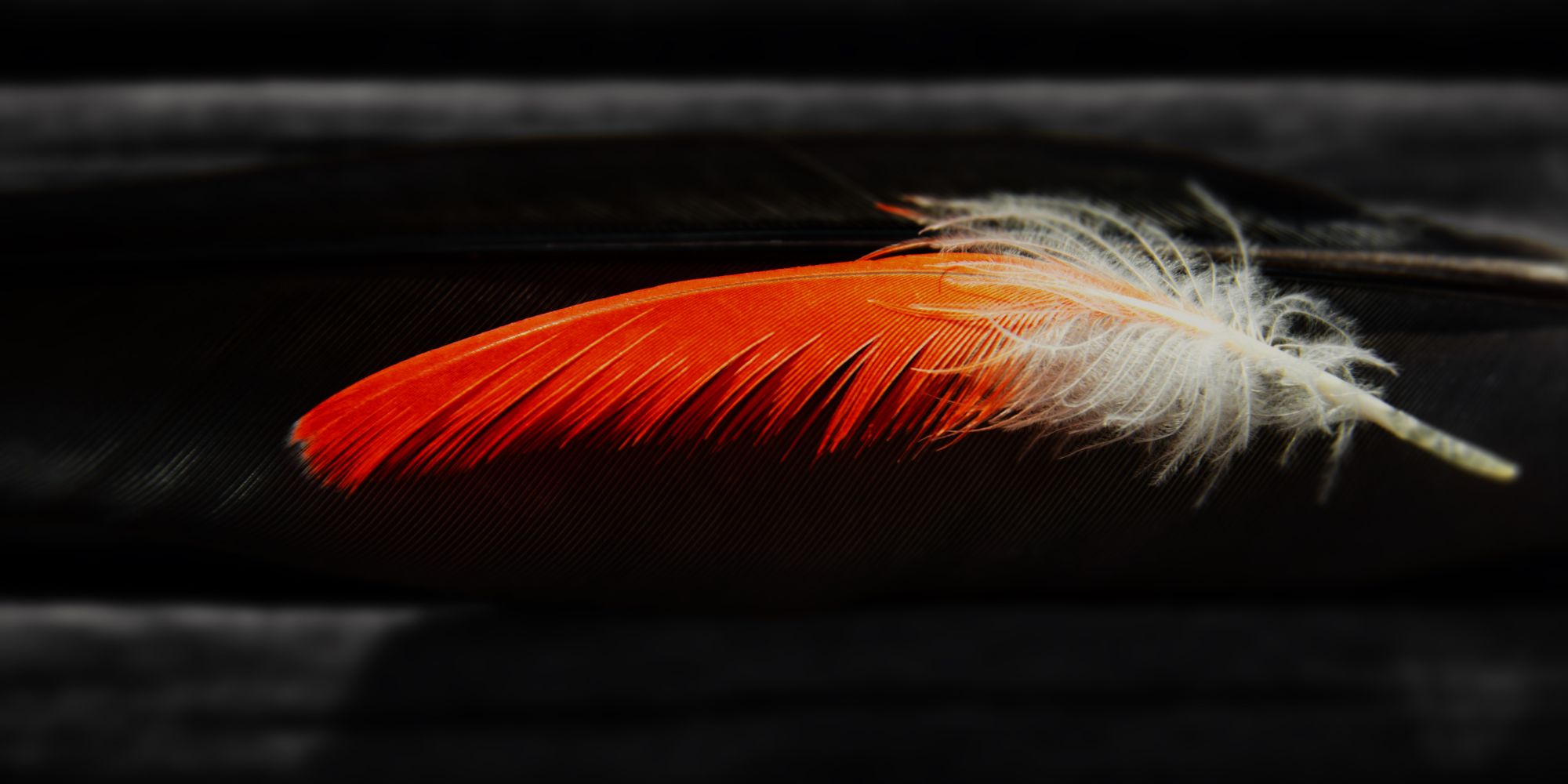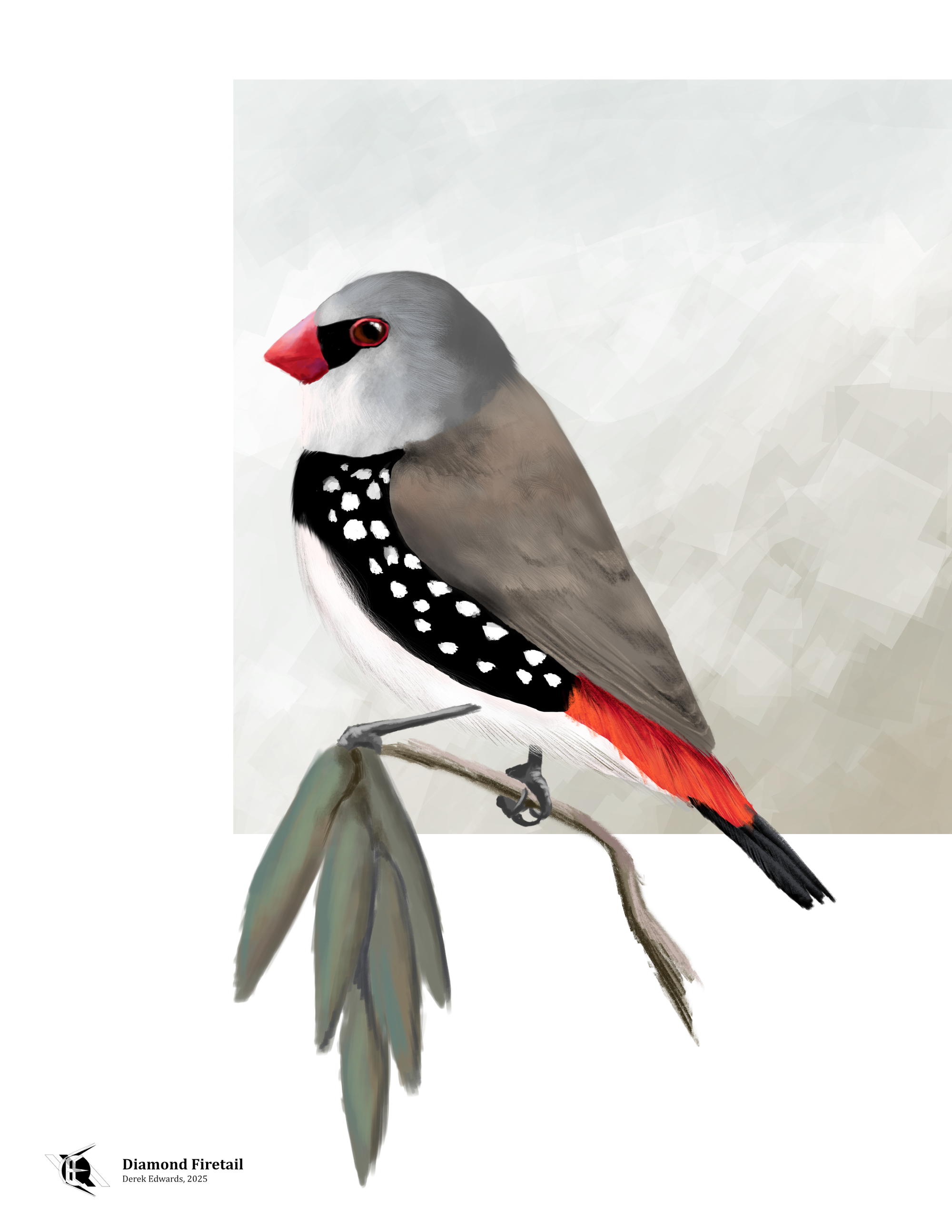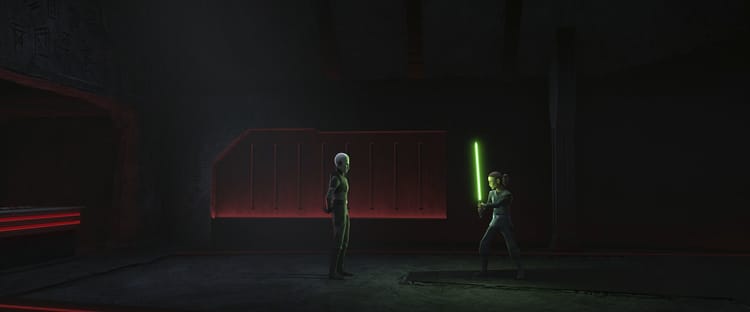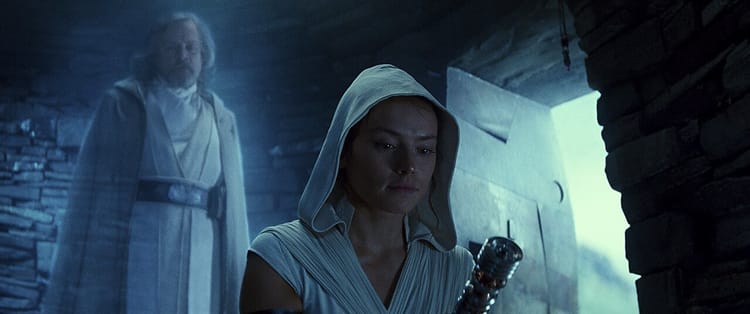
Running Commentary 10/6/2025
Hello,
How’d you spend your weekend? I spent a lot of mine standing in a reed-bed with a bunch of other people enticed by the presence of a Nelson’s sparrow. To answer your questions: 1) yes, it’s a rare bird for Michigan, not the kind of thing you could count on seeing around here every year and 2) no it doesn’t look much different than the other sparrows that Solomon used as an example of something barely worth paying attention to. I mean, it’s kind of almost orange in the front, so that’s something for me. Here it is:
I didn’t get that photo of it. I didn’t honestly get a look at it, properly, I just saw it fly past me just after (and I think also just before) that photo was taken. But I did see it, and it’s on my list.
You start counting the birds you see, and you start getting really excited for really weird reasons.
It took me two trips (Birding Journal 1,2) to finally find that bird, and I’ve received word that, this morning, a Le Conte’s sparrow showed up in the same place. I didn’t go chasing that (yet) but I’m not surprised it stopped there; the place had nearly every sparrow I’d ever seen in there.
Anyway...
Watching...

Timeless
This show aired on NBC a little less than ten years ago, when I was in college and didn’t have a lot of time to watch TV. That’s my excuse why I didn’t see it. Few others saw it, either, but those who did seemed to like it. NBC cancelled it after a season — it’s an expensive looking show that wasn’t making a lot of money, so no surprise there — but then they brought it back for an abbreviated season to wrap things up. Recently, it’s been put on Amazon Prime Video, and I’ve given it a shot.
I’ve seen the first two episodes so far, out of a total of twenty-seven, but so far I’m really impressed. For a broadcast network sci-fi show, it looks great. Granted, it’s not set in space with aliens or anything, but it is set in the past. Actually, yeah, let’s say what the show is: someone’s stolen a time machine and is trying to vandalize the past, and our heroes (a historian, a soldier, and a time travel technician) are sent to stop him from changing anything. So far, they’ve just managed to do this, but not perfectly, which has led to some small details changing with some big consequences for the historian but not really for the world at large. That’s actually a really effective way to have the villain remain a threat even after being thwarted over and over, because the wins don’t feel like complete wins, and it keeps the sense of existential risk high in the viewer’s mind. There’s a lot of unanswered questions about the villain’s motivations thus far; I’ll have to see how that shakes out.
Something else worth mentioning: the soldier is played by Matt Lanter, who would have been fresh off The Clone Wars, another fan-favorite sci-fi show that got cancelled after not actually making money. I’m sorry to say he’s the weakest character of the trio so far, but I’m hoping he gets better as it goes. Anyway, I’ll watch the rest of it and let you know my thoughts on the whole thing then. That’ll give you a chance to watch it yourself. Until then…

Bird of the Week
Nesting season is a time of particular vulnerability for birds. Typically, birds are highly mobile creatures, able to escape danger so long as they aren't taken by surprise. But eggs can't fly, nor can very young birds, and even the parents become more vulnerable while tending to the nest. Different birds take different approaches to mitigate this risk—some nest in large colonies to gain safety in numbers, others nest deep in cover to rely on concealment. And some species enlist the help of bodyguards, which brings us to today’s subject: the Diamond Firetail.
Firetails are a genus of grass-finches found in Australia; the diamond firetail specifically is found in the southeastern end of the continent, where they are relatively well-known backyard songbirds. Males and females look nearly identical, distinguished only by subtle differences in coloration around the eyes, which I’m sure drive many Australian birders to eyestrain and madness.
Firetails build their nests from grass and stems — Indeed, a male who wants to woo a female will first find himself a nice long blade of green to offer as a start to the nest, which the couple will build together.1 They will not nest close to the nests of other firetails, being especially fond of nesting in mistletoe.2 Their nest is enclosed, bottle-shaped, with a tunnel-like entrance. But for some firetails, this isn’t enough home security. Many times, these birds have been observed building their nests within the immediate area of the nests of raptors.3,4,5 This strategy carries some risk for the firetail parents, as raptors may prey on songbirds. But the risk is worth it if the raptor’s presence deters intermediate predators from approaching the firetail nests. This is a strategy employed by birds besides diamond firetails: across the Pacific (and the Sierras) in Arizona, black-chinned hummingbirds have been found to have greater nesting success when nesting in the same immediate area as hawks, because the hawks will scare off the Mexican jays that would otherwise eat the hummingbirds’ eggs.6
To science, the Diamond Firetail is Stagonopleura guttata. The species was first described as Loxia guttata by George Shaw in his write-up of specimens from the collection of Ashton Lever; that name roughly means “spotted finch,” 7 whereas Shaw referred to the bird under the common name “spotted-sided grosbeak,”8 from which the modern “diamond firetail” is a significant upgrade. This bird and the two other firetails—the red-eared and beautiful firetail—belong to the genus Stagonopleura, whose name means “spot-flank.” even though the beautiful firetail lacks any spots, being instead striped all over.
- Wallace, Stephen. “Diamond Firetail - ML201626331” Macaulay Library. https://macaulaylibrary.org/asset/201626331
- Cooney, Stuart J. N., and David M. Watson. “Diamond Firetails (Stagonopleura Guttata) Preferentially Nest in Mistletoe.” Emu - Austral Ornithology 105, no. 4 (December 1, 2005): 317–22. https://doi.org/10.1071/mu05030.
- Souter, T. G. “Bird Notes.” South Australian Ornithologist IX, part 2 (April 1, 1927): 70-71. http://resources.birdssa.au/images/saopdfs/Volume9/1927V09P070.pdf
- Sutton, J. “Nesting Notes.” South Australian Ornithologist IX, part 1 (January 1, 1927): 37. http://resources.birdssa.au/images/saopdfs/Volume9/1927V09P035.pdf
- Boehm, E. F. “Ornithological observations in the Sutherlands and Mount Mary districts, S.A.Bird Notes.” South Australian Ornithologist XIV, part 1 (October 1, 1937): 37. http://resources.birdssa.au/images/saopdfs/Volume14/1937V14P091.pdf
- Greeney, Harold F., M. Rocio Meneses, Chris E. Hamilton, Eli Lichter-Marck, R. William Mannan, Noel Snyder, Helen Snyder, Susan M. Wethington, and Lee A. Dyer. “Trait-mediated Trophic Cascade Creates Enemy-free Space for Nesting Hummingbirds.” Science Advances 1, no. 8 (September 4, 2015). https://doi.org/10.1126/sciadv.1500310.
- Jobling
- Shaw, George. 1792. Museum Leverianum, containing select specimens from the museum of the late Sir Ashton Lever : with descriptions in Latin and English. London: J. Parkinson. 48 https://archive.org/details/McGillLibrary-rbsc_blackerwood_museum-leverianum_QL71L84S52-16544.
Curation Links
SIMmetry | Ernie Smith, Tedium
You hear about that rig full of SIM cards that the Secret Service found someone was gonna use to attack the UN or something? This isn’t coverage of that, exactly, but rather a technical-minded look at SIM banks, what they are and what uses (a few of them non-criminal) they have.
The Tinned Fish Backlash Was Inevitable | Anna Hezel, TASTE
“While upstart brands have leveraged a true cultural moment to achieve DTC success, questions remain about the sustainability of the fish as well as the industry.“
Court Sketcher | Hatty Nestor, Granta
“Trials do not consist of a single person in a courtroom. The accused may also be accompanied by barristers, jurors, prosecutors, and members of the public watching from the viewing gallery. As such, most of the courtroom sketches I’ve encountered depict more than one person. In the absence of a camera, the artist’s purpose is to capture the moment and the mood, to produce a freeze frame of the central cast.”
Lot No. 249 | Arthur Conan Doyle
[FICTION] One of Doyle’s non-Sherlock stories, about the shadowy events surrounding a container brought from Egypt to Oxford.
See the full archive of curations on Notion






Member Commentary